Making STEM More Engaging and Inclusive
We have a STEM problem in the United States. Once a world leader, the United States currently ranks 27th among developed nations in the number of bachelor’s degrees given in science or engineering. What’s more alarming is that the same research indicates that only around 30 percent of Americans believe that our education system has the capacity to provide young people with the minimum requirements to fill these STEM jobs.
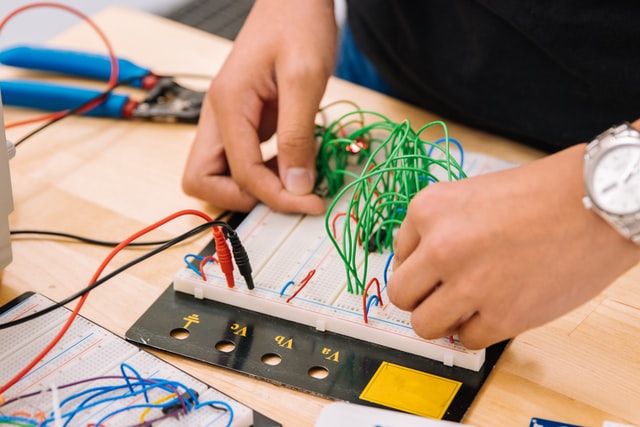 Photo by Jeswin Thomas on Unsplash
Photo by Jeswin Thomas on Unsplash
We contend that these findings are only symptoms of a larger problem with STEM: The current approach to STEM education is far too exclusionary and siloed—a problem that has been exacerbated by the Covid-19 crisis.
- 0 Comments
- Aug 13, 2020 10:00:00 AM
Back to School: Thinking through Whole Room Disinfection in Education Facilities
As the summer months wind down and September approaches, students and faculty prepare to return to school and get back into the routine of another academic year. However, as students and teachers get back to school, they also get back to the threat of infection posed by dangerous germs and pathogens that are commonly spread in educational facilities, such as those that cause respiratory syncytial virus (RSV), rhinovirus, enterovirus D68, and methicillin-resistant Staphylococcus aureus (MRSA), among others.
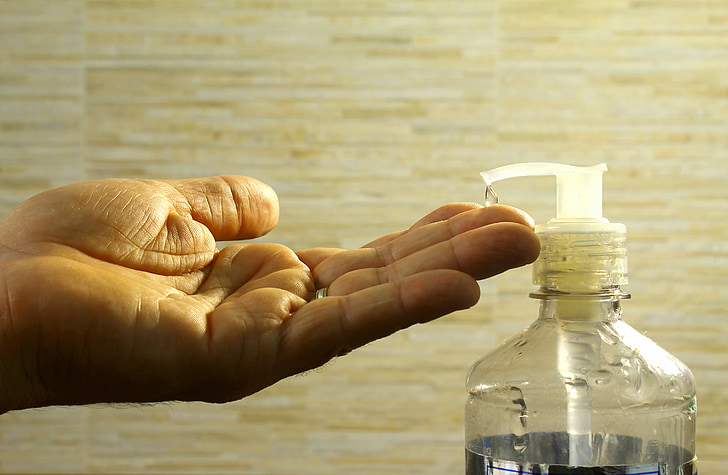 Photo credits: pickpik.com
Photo credits: pickpik.com
- 0 Comments
- Aug 12, 2020 10:00:00 AM
- Posted by Natalia Galvis
- Topics: Math, Robotics, EdTech, STEM, Robots,, students, STEMchat, Mathematics, Edchat, coronavirus, covid19
FedEx is utilizing robotic arms to sort packages
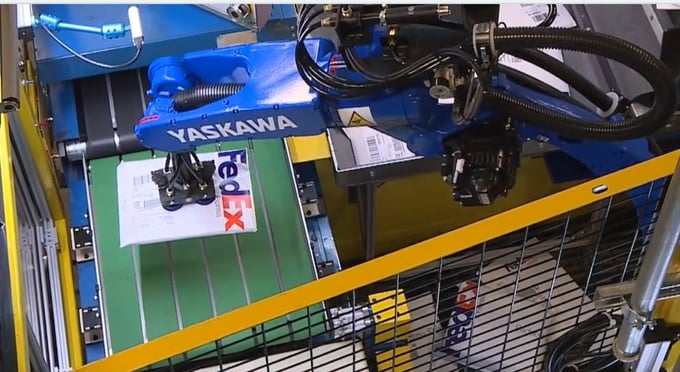 Image credits: FedEx
Image credits: FedEx
FedEx has flirted with robotic technologies before, most notably in the case of Roxo. The delivery robot made its debut in New York City last year, only to get the boot from Mayor Bill de Blasio. These days, however, the prospect of increased automation seems all the more pressing, as COVID-19 has left many reconsidering the human element of the supply chain.
- 0 Comments
- Aug 11, 2020 10:00:00 AM
Overcoming Teacher's Fear of Technology
It doesn’t matter if you are a new teacher or a veteran teacher; technology in general can be a bit terrifying. It’s not so much that it’s actually technology. It’s that often, as soon as new technology, software, and programs are released – and mastered – there is suddenly a new, more technically advanced version to learn.
 Photo by William Iven on Unsplash
Photo by William Iven on Unsplash
Then, when you throw in the fact that as teachers we are already crunched for time, so now it’s just one more area to learn, one more thing to add to our never-ending to-do list. And, we are told that we need to connect it/implement it into the students’ learning without training or with little training, so it quickly creates tension and a fear of technology within us.
- 0 Comments
- Aug 10, 2020 10:00:00 AM
How to Help Students Get Used to Masks
In many places, students returning to school buildings will be required to wear masks. These strategies can help elementary students adjust. Photo by Mika Baumeister on Unsplash
Photo by Mika Baumeister on Unsplash
- 0 Comments
- Aug 7, 2020 10:00:00 AM
- Posted by Natalia Galvis
- Topics: STEM, Robots,, students, Edchat, coronavirus, covid19, classroom, masks
Pepper Robot Can Scan Your Face and Ask you to Wear a Face Mask
Pepper is expanding its skills to help limit exposure to viruses and ensure people are wearing a mask in confined spaces. SoftBank Robotics Europe hopes the robot will help businesses reopen safely.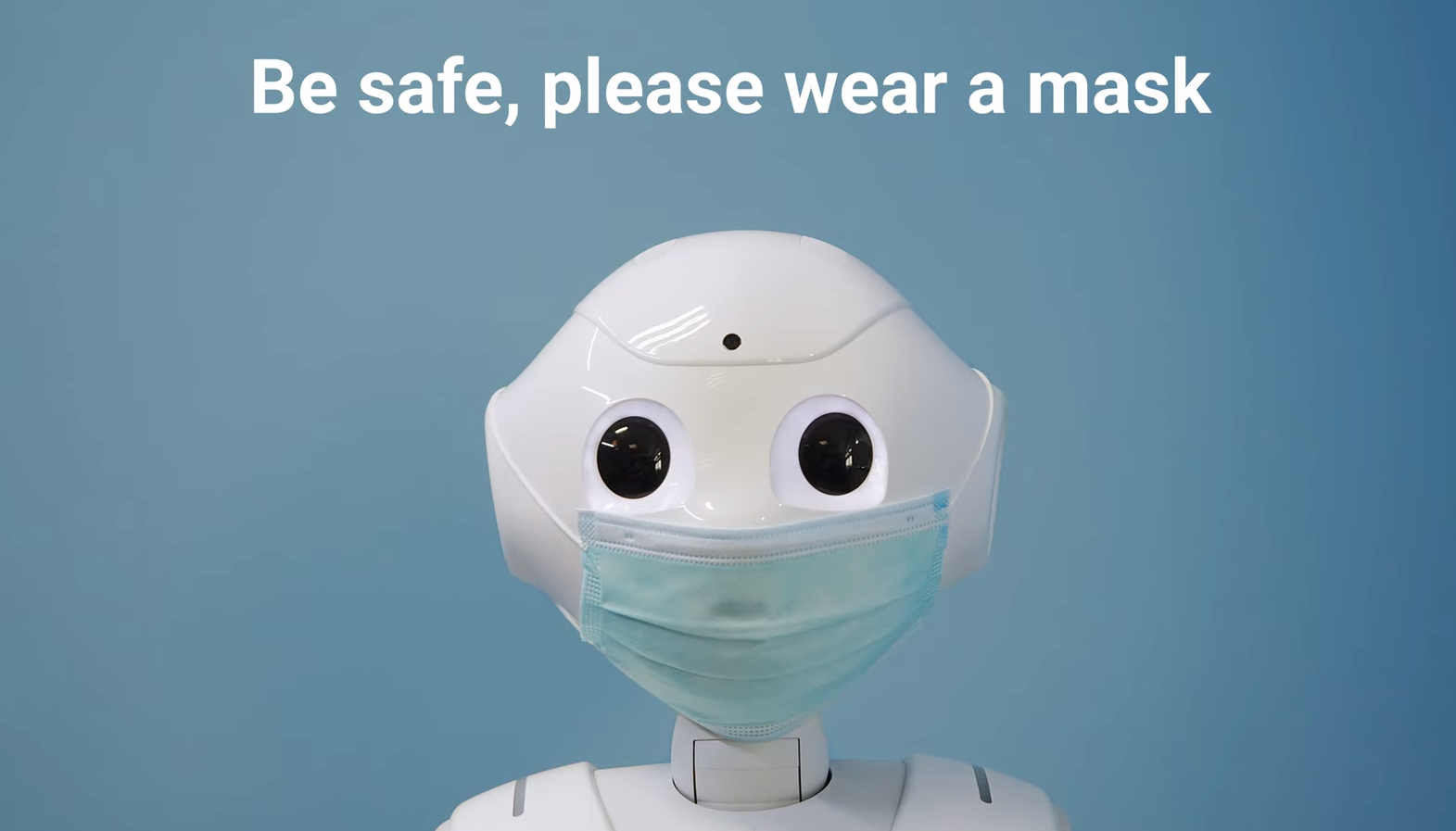
- 0 Comments
- Aug 6, 2020 10:00:00 AM
- Posted by Natalia Galvis
- Topics: Robotics, STEM, Pepper, Robots,, students, Technology, Edchat, coronavirus, covid19
A 2021 Definition of EdTech
Edtech allows for one learner or five million to learn, anywhere on earth, and to take the same classes as each other. 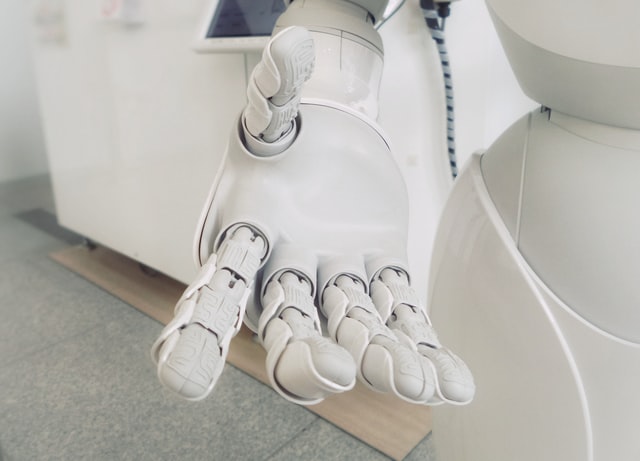 Photo by Franck V. on Unsplash
Photo by Franck V. on Unsplash
- 0 Comments
- Aug 5, 2020 10:00:00 AM
- Posted by Natalia Galvis
- Topics: Robotics, STEM, Robots,, students, Technology, Edchat, coronavirus, covid19, lessons, collaboration, returning to school
DOBOT Robotic Arm in the US
Check these DOBOT news wrap-up! and learn how this STEAM classroom solution has been implemented in the U.S
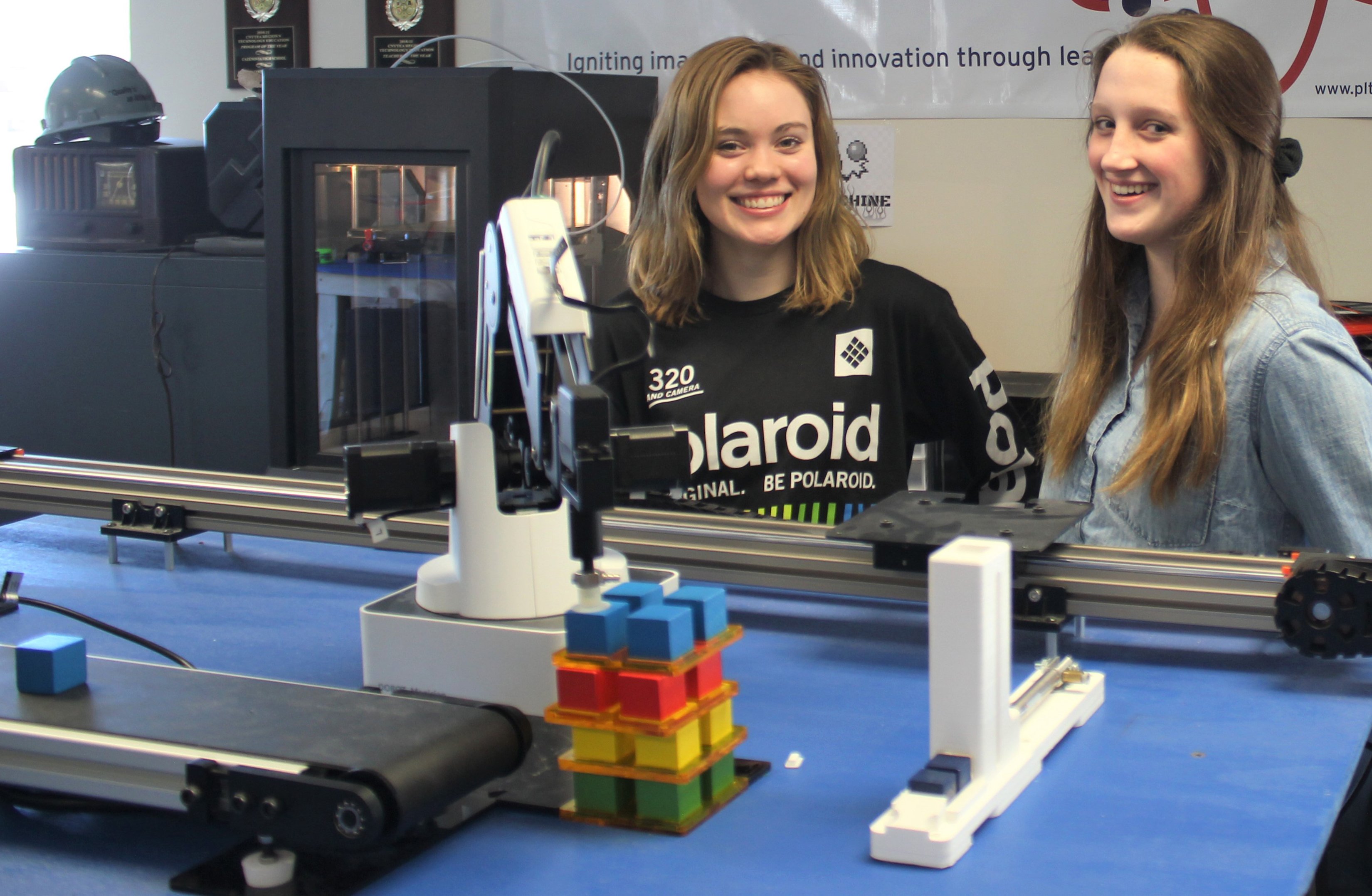
- 0 Comments
- Aug 4, 2020 10:00:00 AM
- Posted by Natalia Galvis
- Topics: Robotics, STEM, Robots,, students, Technology, Dobot Robotic Arm, Edchat, coronavirus, lessons, collaboration
Return to School During COVID-19
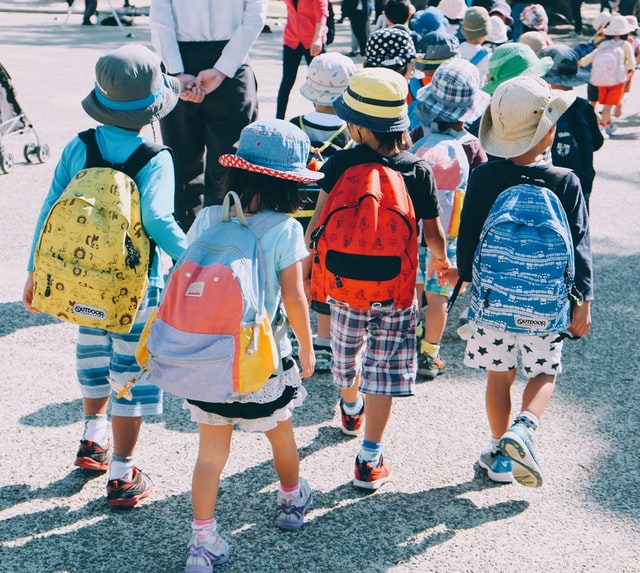 Photo by note thanun on Unsplash
Photo by note thanun on Unsplash
A big question parents have right now is how students can go back to school safely during COVID-19. The latest American Academy of Pediatrics (AAP) advice says children learn best when they are in school. However, returning to school in person needs careful steps in place to keep students and staff safe.
- 0 Comments
- Aug 3, 2020 10:00:00 AM
- Posted by Natalia Galvis
- Topics: Robotics, STEM, Robots,, students, Technology, Edchat, coronavirus, covid19, lessons, collaboration, returning to school
3 Easy Steps to Using a Collaboration Technology Approach
No teacher can do it all.
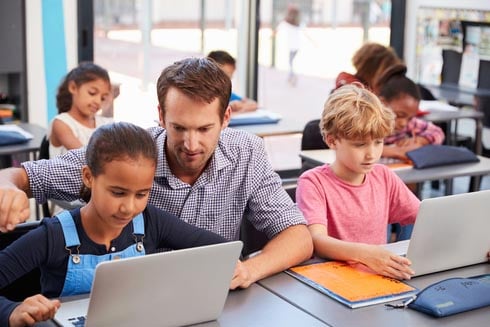 Running a classroom, delivering instruction, and giving timely feedback are huge tasks by themselves. The good news is that responsibility for learning doesn’t have to fall solely on the teacher’s shoulders. This responsibility can be shared with students through collaborative technology. In fact, the outcomes are better if the teacher is willing to adopt collaborative technology in the classroom.
Running a classroom, delivering instruction, and giving timely feedback are huge tasks by themselves. The good news is that responsibility for learning doesn’t have to fall solely on the teacher’s shoulders. This responsibility can be shared with students through collaborative technology. In fact, the outcomes are better if the teacher is willing to adopt collaborative technology in the classroom.
Many teachers have already adopted a collaborative technology approach in their classrooms. They’ve been willing to step away from center stage and let their students take on more responsibility for their learning.
You can bring collaborative technology into your classroom if you are willing to help your students envision, explore, and enrich.
- 0 Comments
- Jul 31, 2020 10:00:00 AM
- Posted by Natalia Galvis
- Topics: Robotics, STEM, Robots,, students, Technology, Edchat, coronavirus, online, distance learning, lessons, collaboration
Relevant Posts
Popular Posts
Subscribe to Email Updates
-
I Want To Learn MoreADDITIONAL INFORMATION


